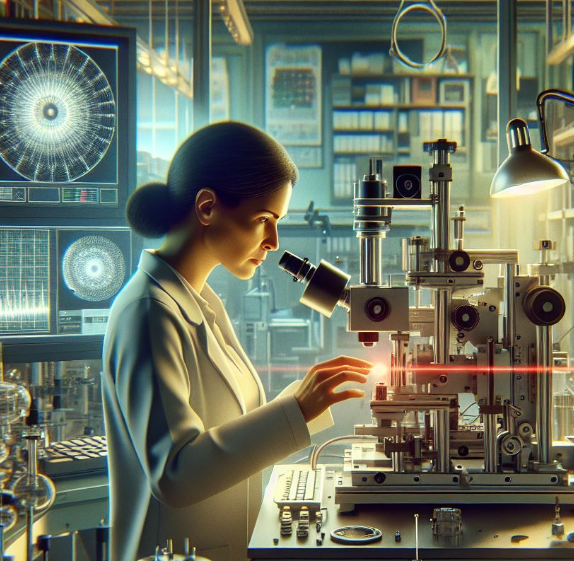
14
OctoberApplications of Optics in Everyday Life - CBSE Class 10
Optics, the study of light and its behavior, plays an essential role in various aspects of our daily lives. From the way we see the world to the advanced technology around us, optics is integral to understanding how light interacts with different mediums. Let’s explore some key applications of optics that you learn about in Class 10 CBSE Science.
1. Eyeglasses and Contact Lenses
Eyeglasses and contact lenses are common examples of optics in use. These corrective lenses work by refracting light rays entering the eye, helping individuals with vision issues like myopia (nearsightedness) or hypermetropia (farsightedness) see clearly.
2. Cameras
Cameras use lenses to focus light on a sensor (or film) to capture images. The principles of refraction and focal length, covered in optics, are essential to understanding how cameras focus on objects at varying distances and create sharp images.
3. Microscopes and Telescopes
Microscopes and telescopes are powerful tools used in science and astronomy. Both rely on lenses to magnify objects that are either too small to be seen by the naked eye (microscopes) or too far away (telescopes). Optical principles like magnification, focal length, and refraction are applied to construct these devices.
4. Optical Fiber Technology
Optical fibers, used for high-speed internet and telecommunications, function based on the total internal reflection of light. Light signals travel through these fibers, allowing for fast data transmission over long distances with minimal signal loss. Optics principles make this technology possible, revolutionizing communication systems.
5. Laser Technology
Lasers, an application of optics, are used in numerous fields such as medicine, industry, and electronics. In medicine, lasers are used for surgeries and corrective eye procedures. In manufacturing, lasers aid in cutting and welding materials with precision.
6. Projectors
Projectors use lenses to enlarge images and display them on screens. By manipulating light, projectors ensure that the image is sharp and correctly oriented. This technology is widely used in education, entertainment, and presentations.
7. Spectacles for Vision Correction
Optical instruments like concave and convex lenses are designed to correct vision problems. They help focus light on the retina correctly, ensuring clear vision.
Conclusion
Optics is not only a fascinating subject of study but also highly practical. The principles of refraction, reflection, and lens functionality are present in countless devices and technologies that we use daily. By studying optics, students gain insights into how light works and how these principles improve and shape our modern world.

Reviews